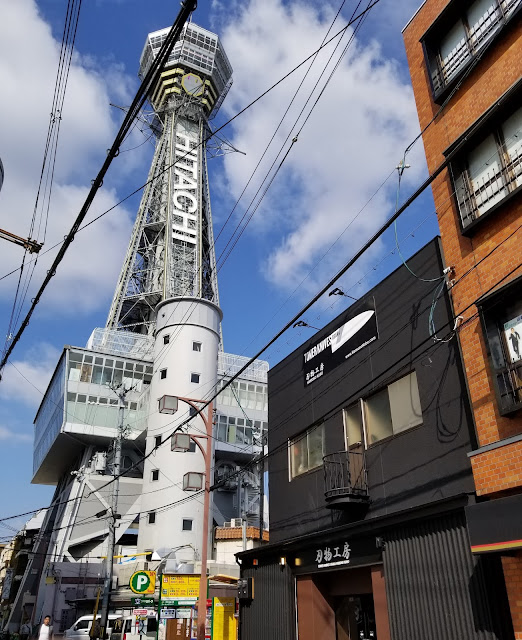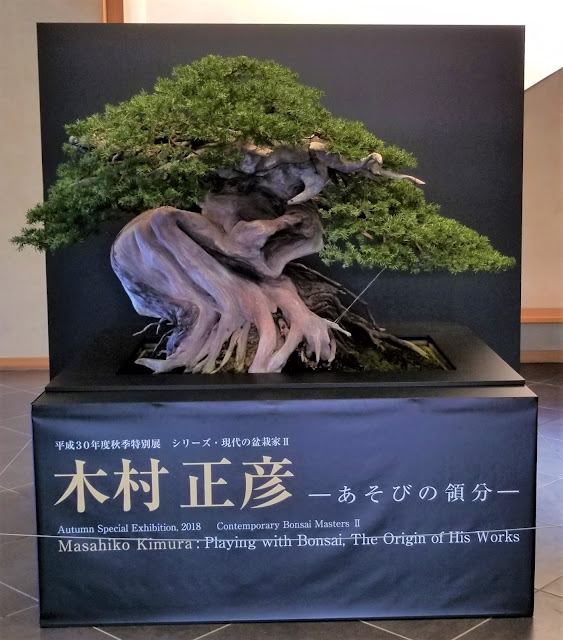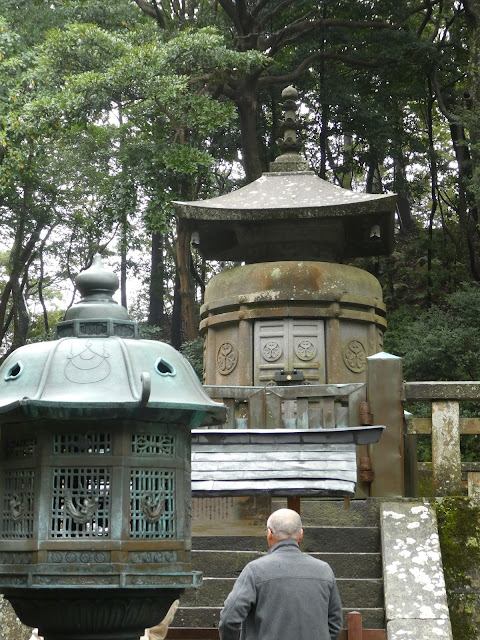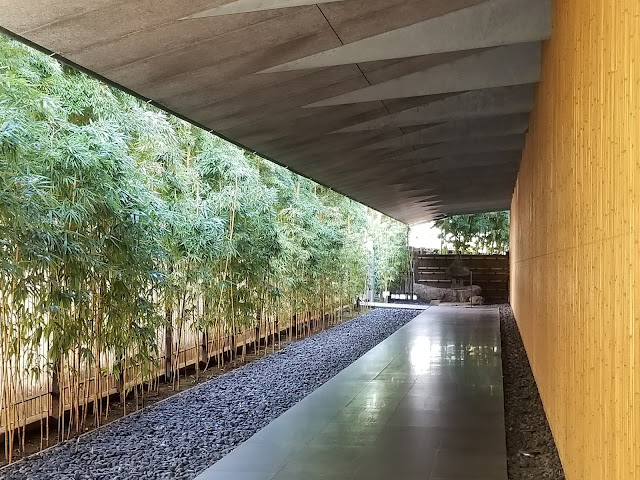This article was updated on 19 Sep 2021 to clarify the rail portion of the trip to Shizuoka Station.
Tokugawa Ieyasu (徳川家康, January 31, 1543 – June 1, 1616) was the founder and first shōgun of the Tokugawa shogunate of Japan. He brought a long period of civil wars to an end and united all of Japan. As shōgun, he created and solidified the Tokugawa shogunate, which ushered in the Edo period and effectively ruled Japan for 250 years from 1600 until the Meiji Restoration in 1868. [1]
Nikkō Tōshōgū Shrine (日光東照宮), a UNESCO World Heritage Site, is Japan's most lavishly decorated shrine and mausoleum dedicated to Tokugawa Ieyasu, and is located in Nikkō, which is about two hours north of Tokyo by limited express train. Ieyasu is enshrined at Nikkō Tōshōgū as the deity Tōshō Daigongen (東照大権現), "Great Gongen, Light of the East". A Gongen is believed to be a buddha who has appeared on Earth in the shape of a kami (spirit or god) to save sentient beings. [1] Initially a relatively simple mausoleum, Nikkō Tōshōgū was enlarged into the spectacular complex seen today by Ieyasu's grandson Iemitsu during the first half of the 1600's. [2]
While Nikkō Tōshōgū Shrine should be on everyone's list of sights to see when visiting Japan, this article is not about that easy-to-reach and popular must see (and crowded) place. Tokugawa Ieyasu is not buried at Nikkō Tōshōgū, but on the mountain chosen by Ieyasu himself at Kunōzan Tōshōgū Shrine in Nihondaira, near the city of Shizuoka. Many people believe that "after the first anniversary of his death", his remains were reburied at Nikkō Tōshōgū, but neither shrine has offered to open the graves, so the location of Ieyasu's physical remains are still a mystery. [1] Shizuoka is southwest of Tokyo and is easily reachable in one hour by Shinkansen. While Kunōzan Tōshōgū Shrine is not as large or as lavishly decorated as the Nikkō Tōshōgū Shrine, it has the advantage of being not as well known, so there are fewer tourists and no crowding which allows for a more leisurely pace to view the shrine. Please read the rest of the article to find out about more about this not so well known, designated national treasure near Tokyo.



